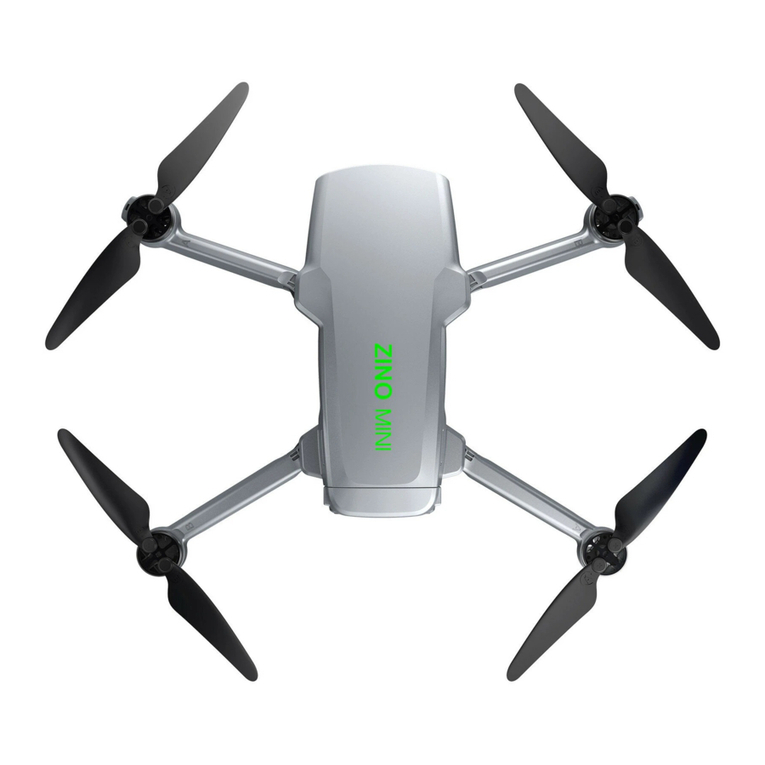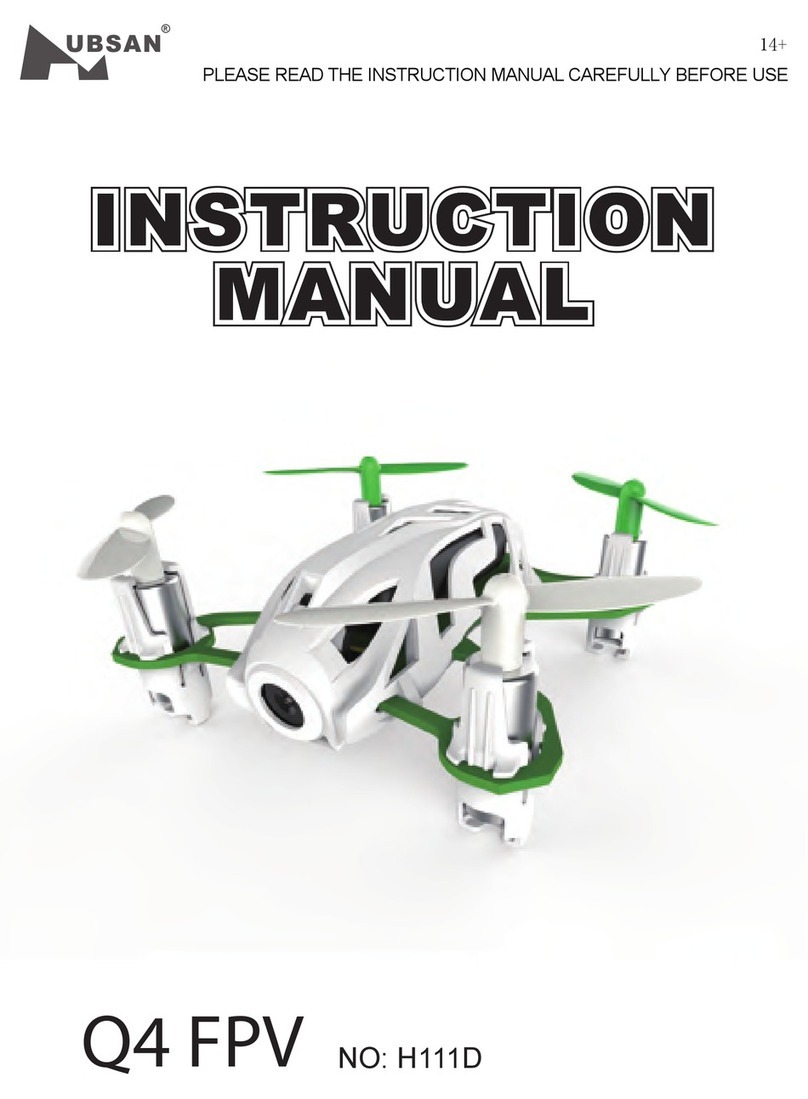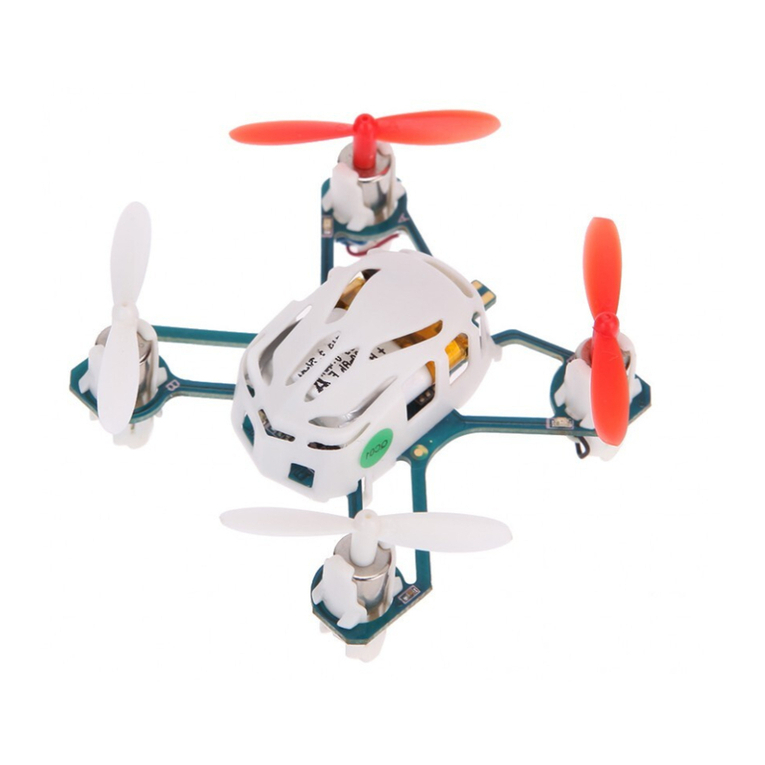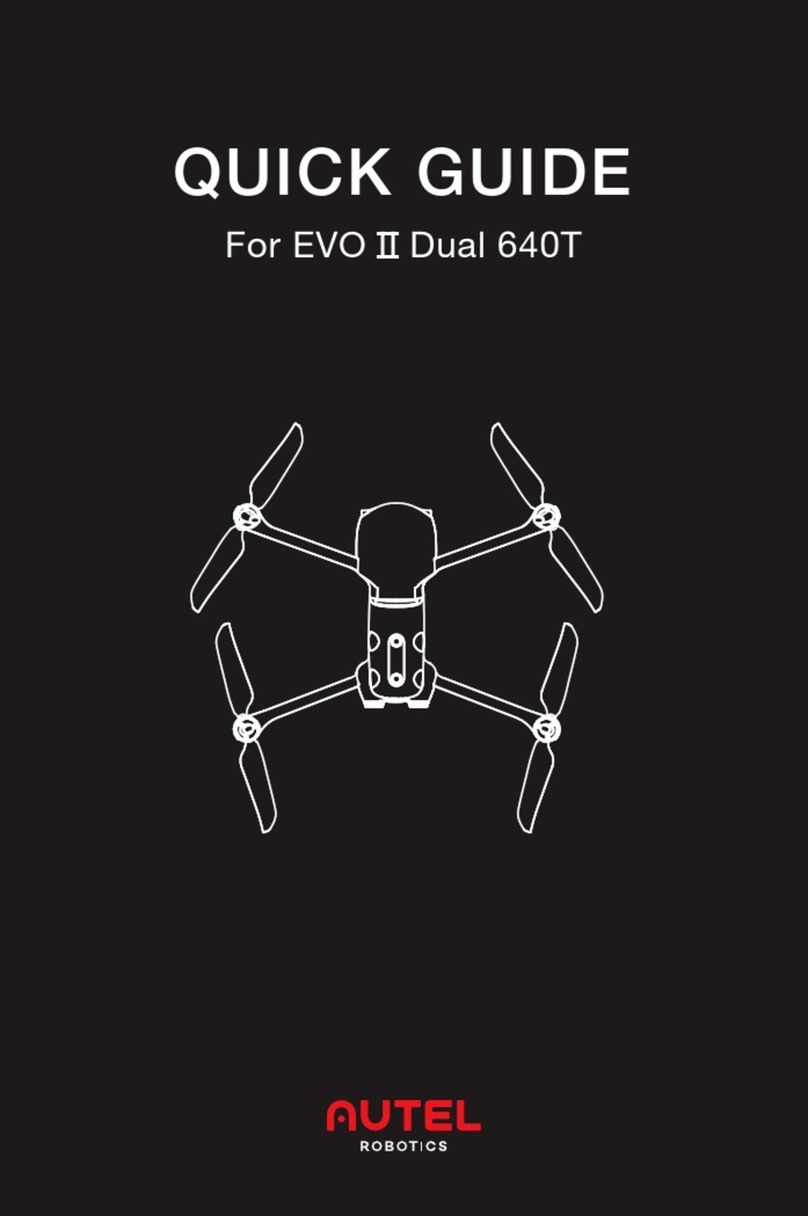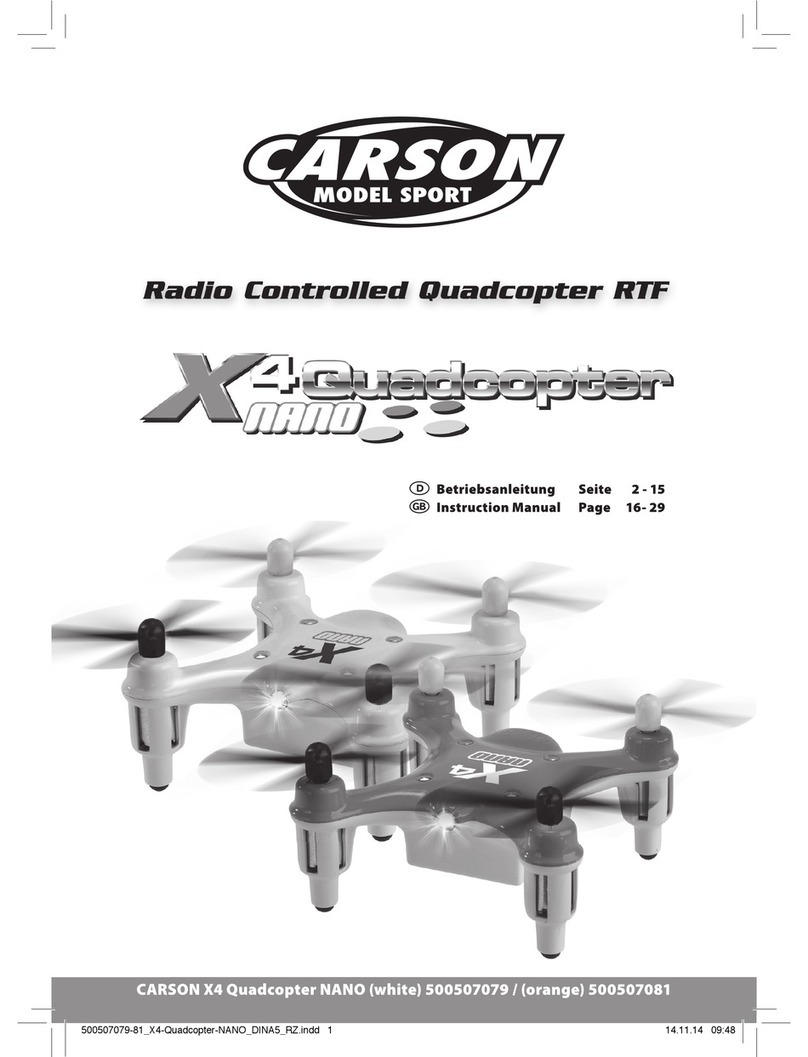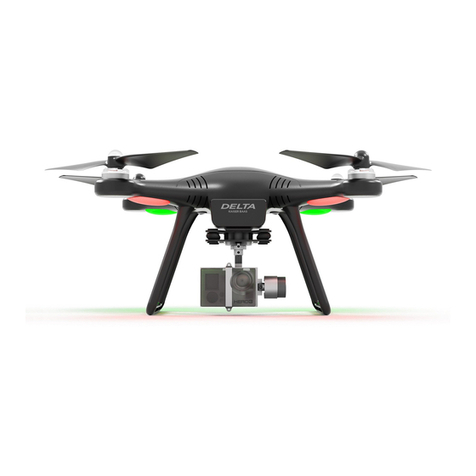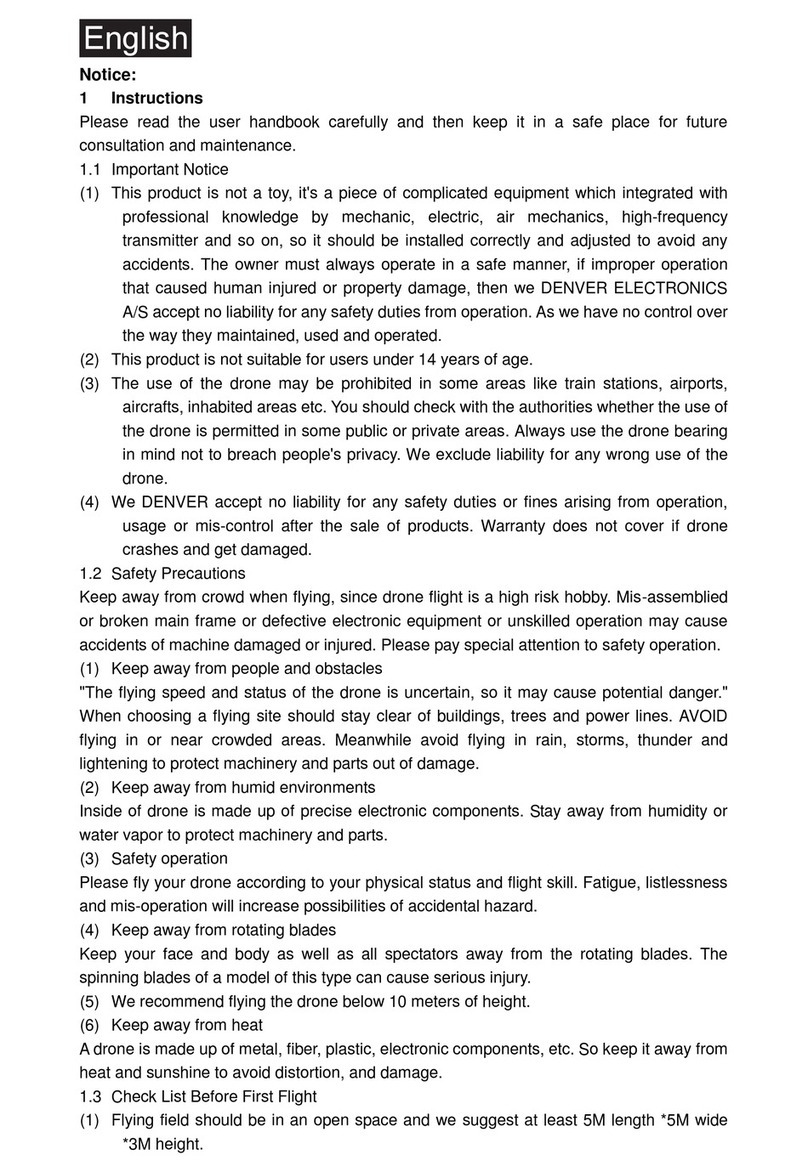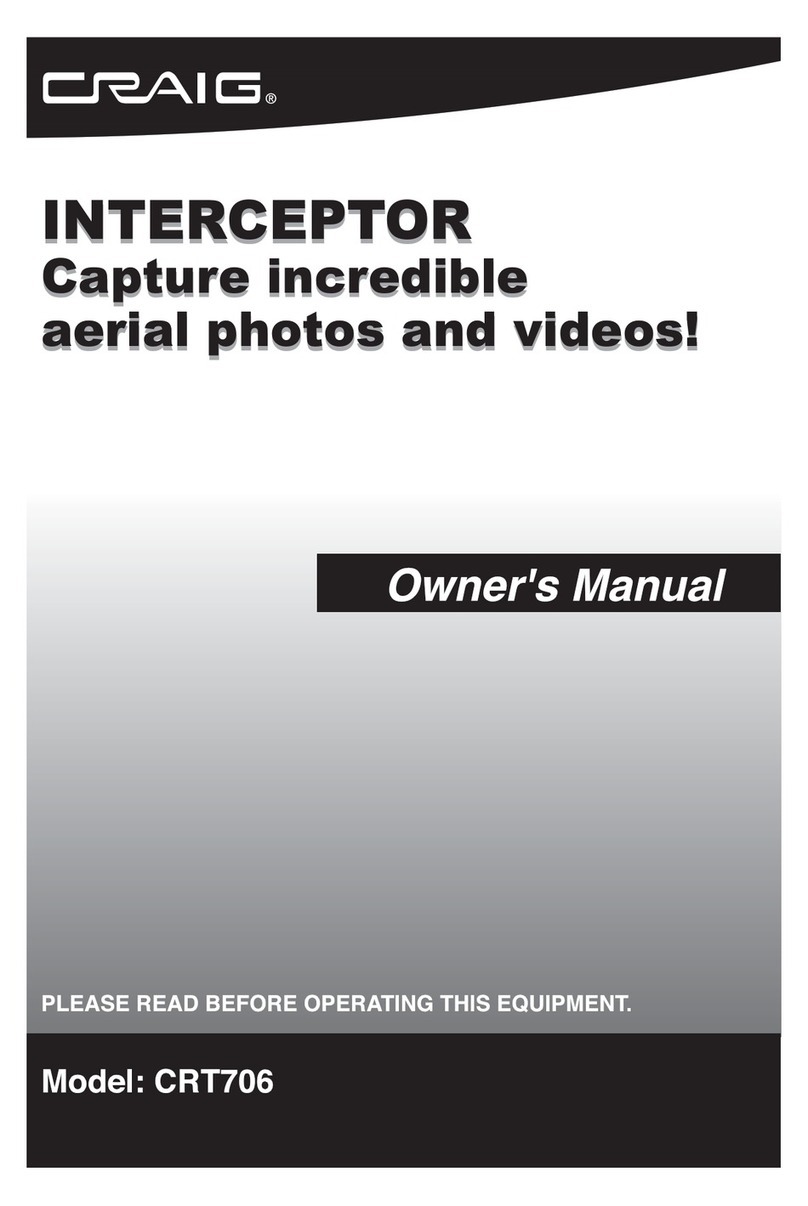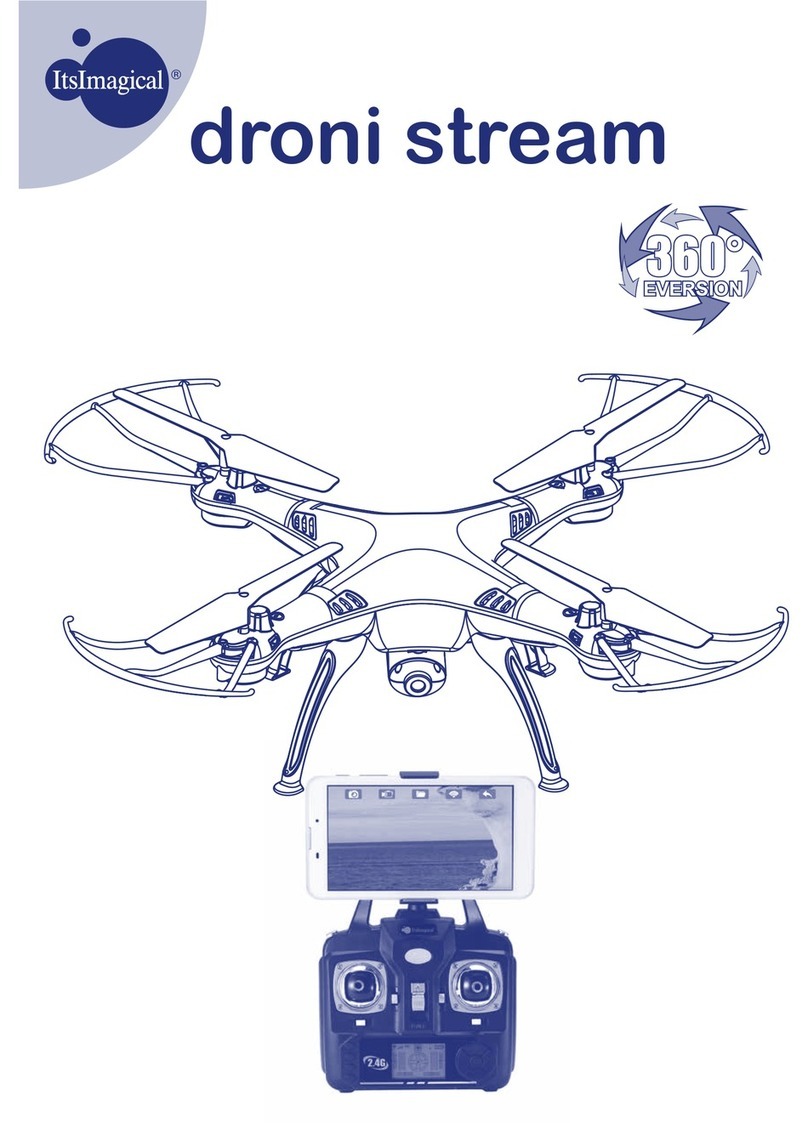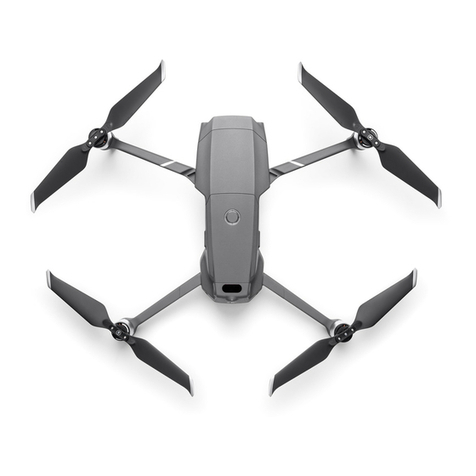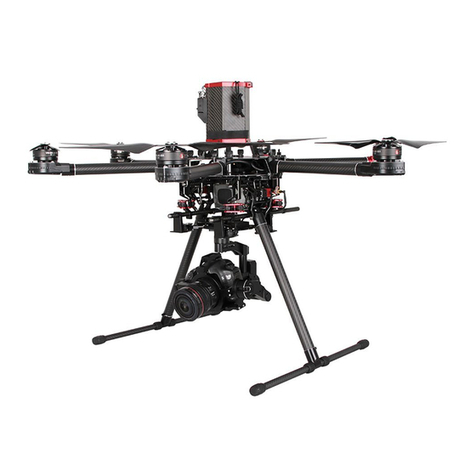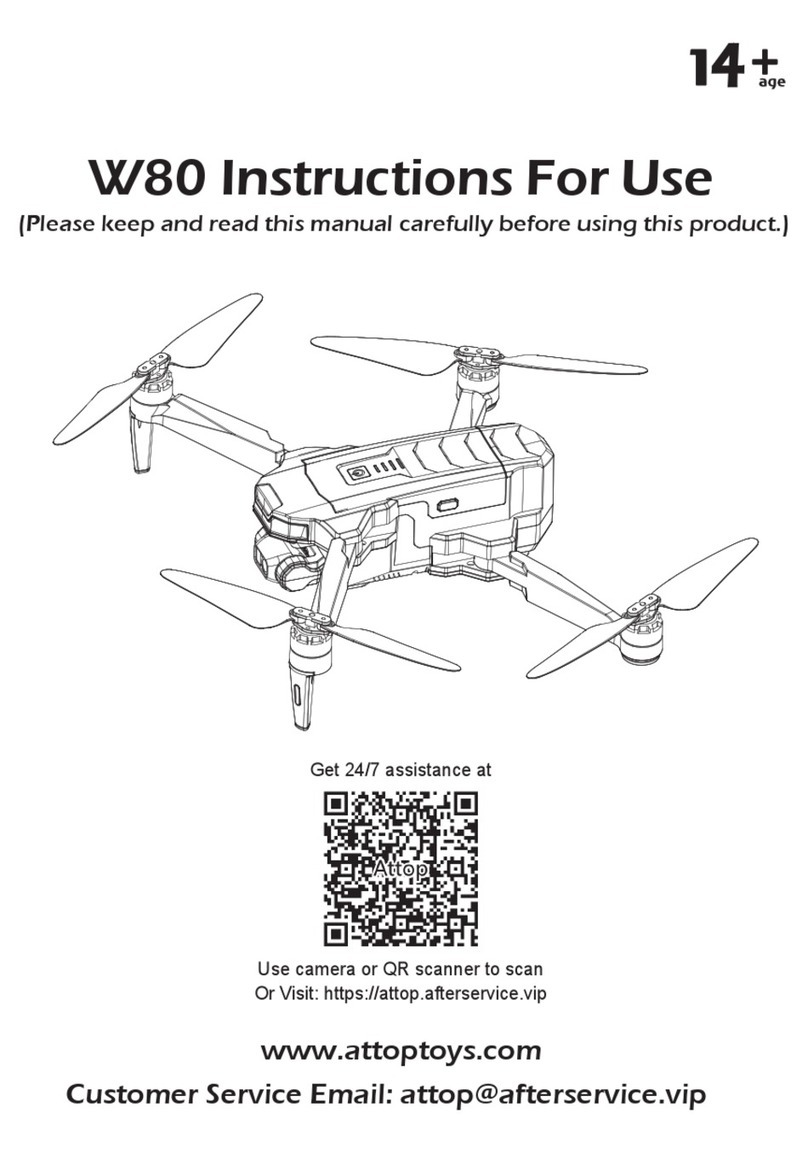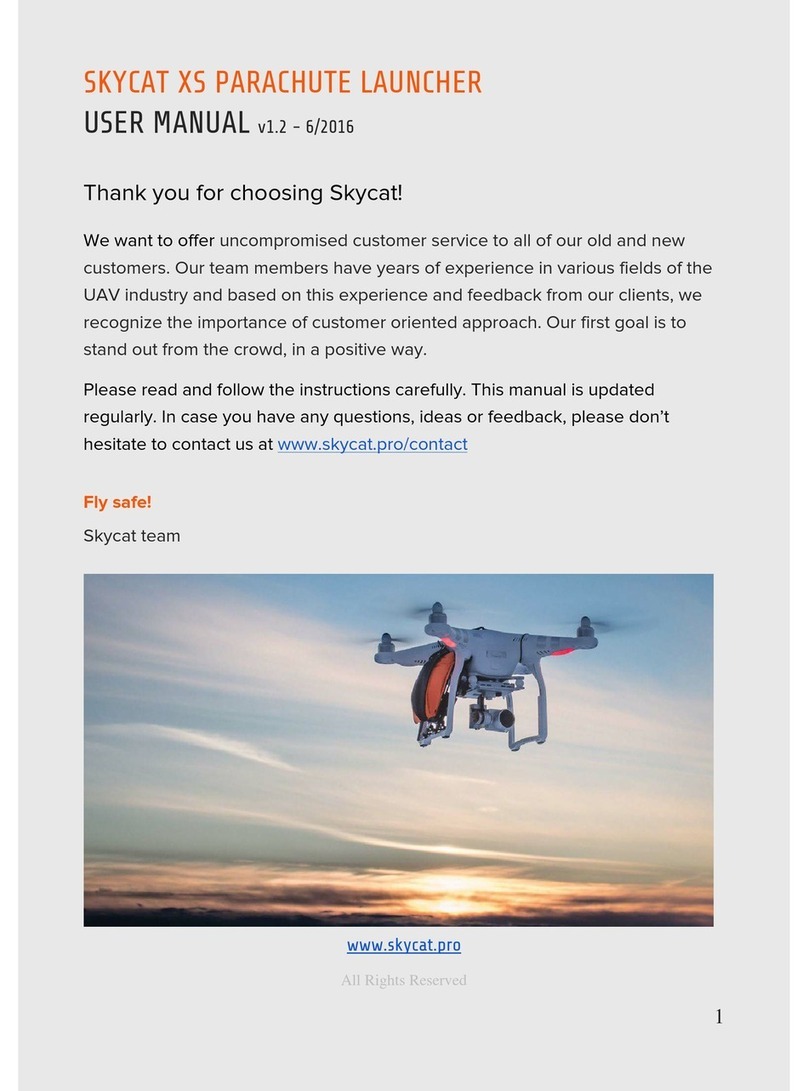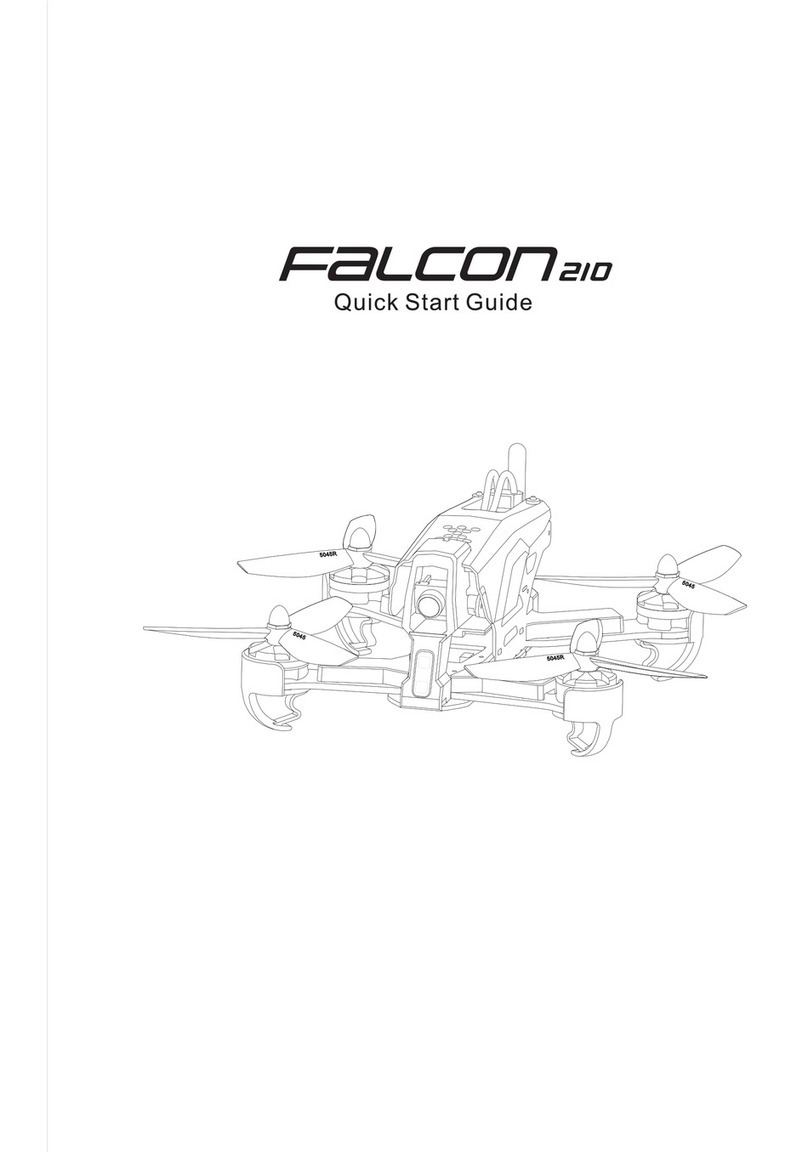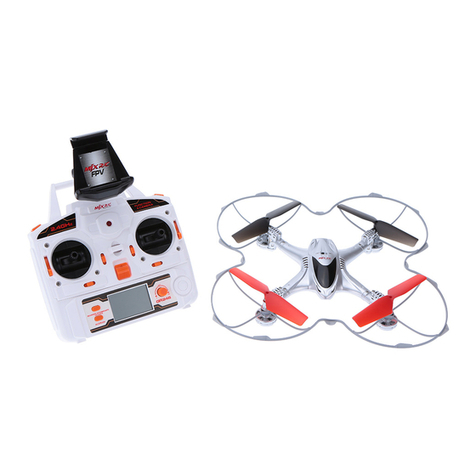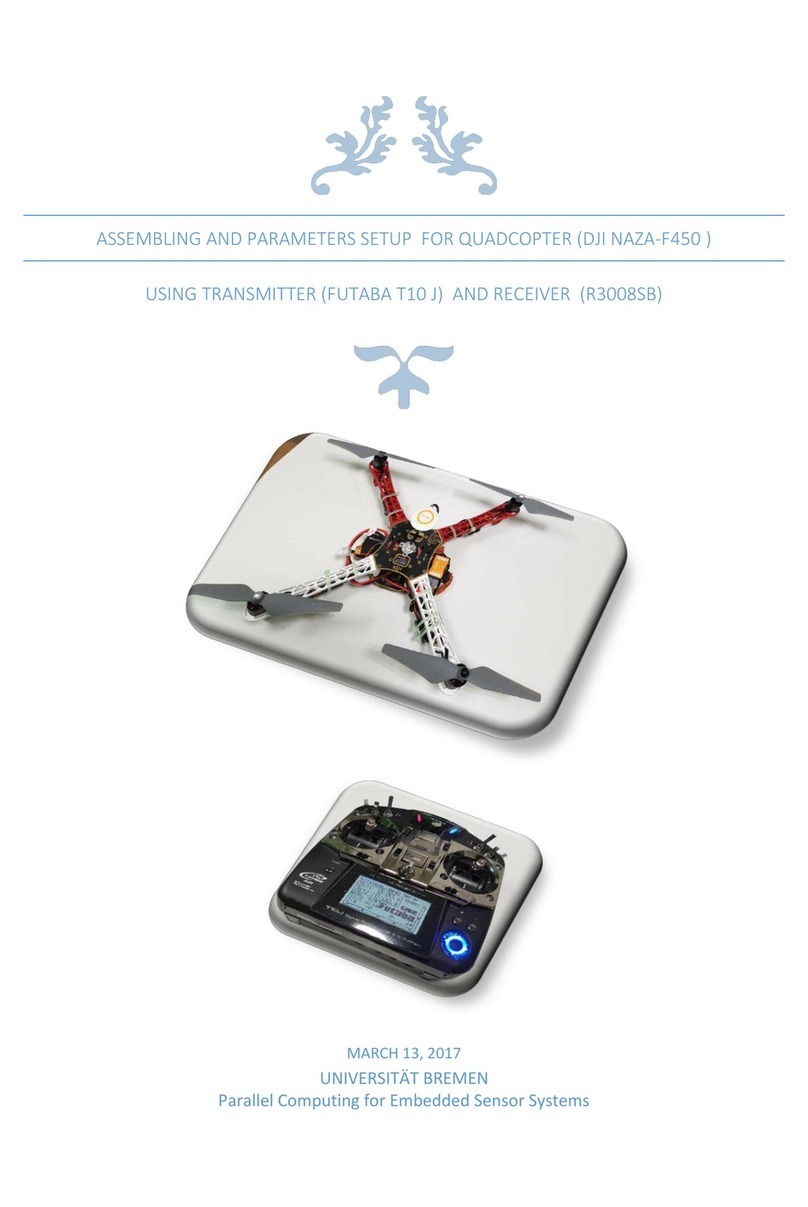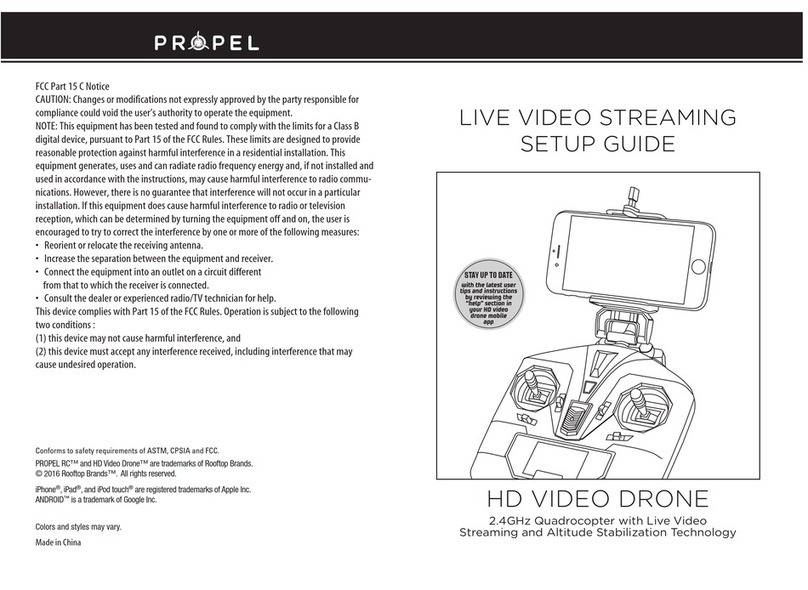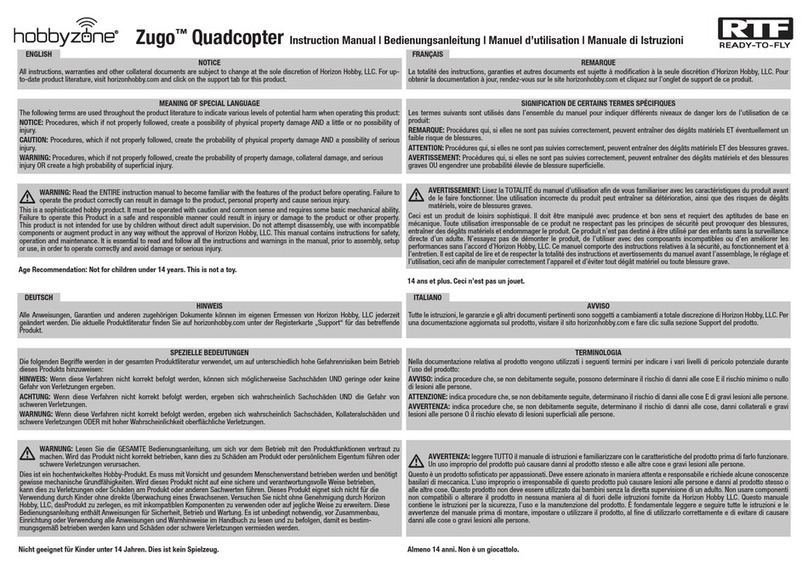
All users must read product operating instructions as well as this liability
disclaimer before using any Hubsan product. By using a Hubsan product(s),
users are accepting the terms and conditions of Hubsan liability and opera-
tional guidelines. This product is not suitable for minors under 14 years of
age. While operating a Hubsan product(s), users also accept all liability and
responsibility for their own behavior, actions as well as any consequences
resulting thereof while using a Hubsan product(s). These products may only
be used for purposes that are proper and in accordance with local regula-
tions, terms and any applicable policies / guidelines Hubsan may make
available. Users agree to comply with these terms and conditions, along
with any and all relevant policies / guidelines set forth by Hubsan.Part of
the details of this document may change with the upgrade of the product
software version. Please read the upgrade details carefully before upgrading
the software version. The instructions will not be notified again.
Some product flight functions are restricted in certain areas. Once you use
this product, you are deemed to have read carefully the relevant ICAO
regulations, local airspace control provisions and the regulations governing
UAVs. You assume all liability for any non-compliance with the foregoing,
are responsible for the consequences for your actions as well as any indirect
and / or direct liability that arises as a result of these limitations.
Instructions
(1) Select an open environment devoid of high rise buildings and tall
obstructions (such as trees and poles). Near buildings and obstacles, flight
control signals and GPS signals can be severely weakened; GPS functions
such as GPS mode and Return to Home may not function properly.
(2) Do not fly in bad weather conditions (such as in wind, rain or fog).
(3) Fly the aircraft in ambient temperatures of 0-40 ℃.
(4) When flying, please stay away from obstructions, crowds, high voltage
lines, trees, water, etc.
(5) To avoid remote control signal interference, do not fly in complex
electromagnetic environments (such as venues with radio stations, power
plants and towers).
(6) The aircraft cannot be used in or near the Arctic circle or Antarctica.
(7) Do not fly in no-fly zones.
(8) Do not operate the aircraft near high pressure lines, airports or areas
with severe magnetic interference.
Flight environment requirements
Disclaimer & Warning



